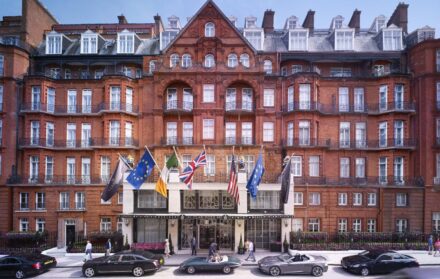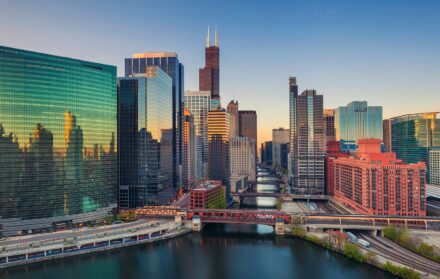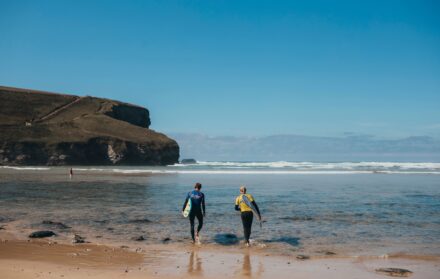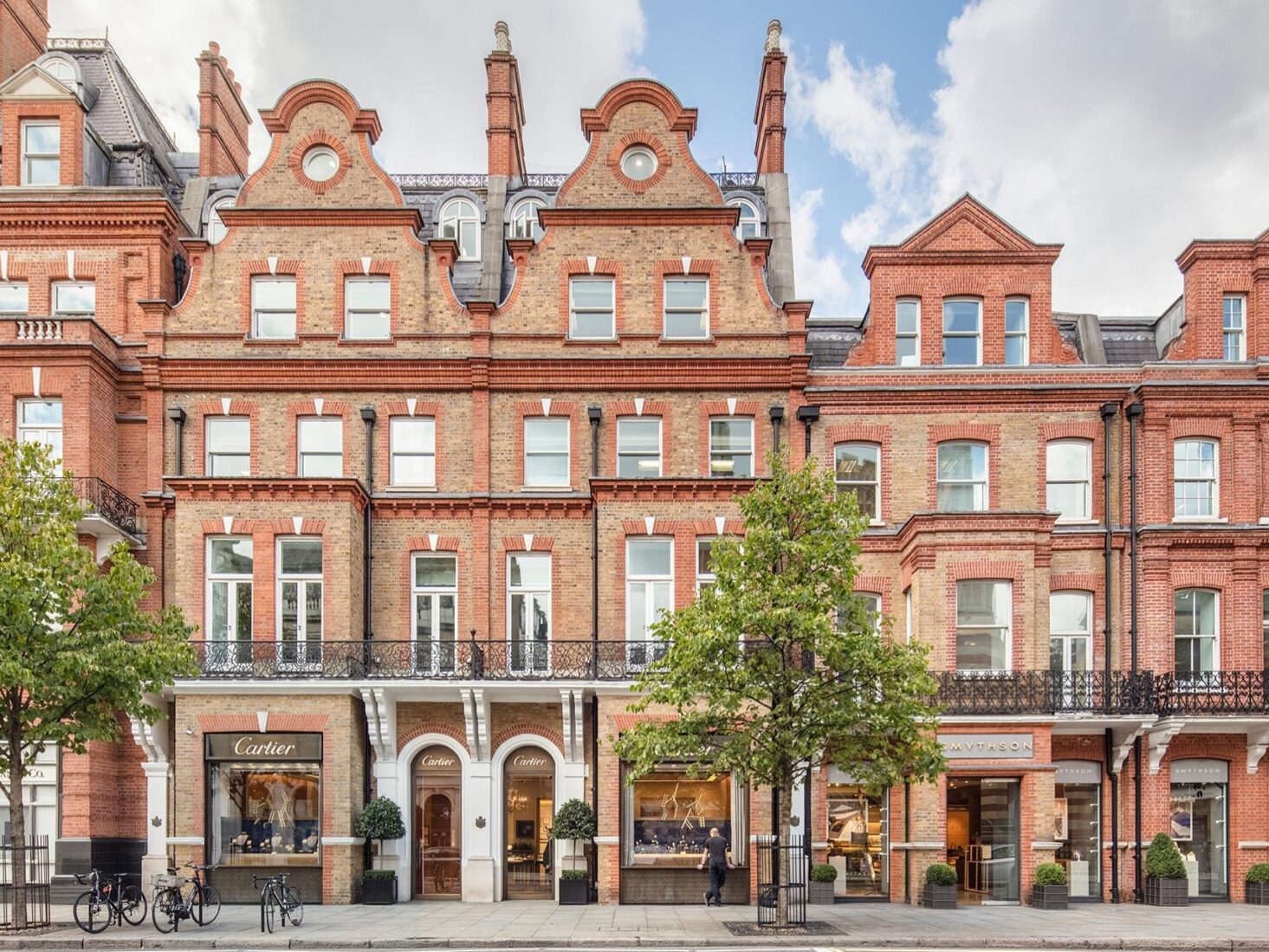
The King’s Road Makes a Comeback
Whatever happened to theKing’sRoad? Once the epicentre of London cool, two decades of a shift east – culturally to Shoreditch, to Mayfair on the retail front – has left the famed street tired and sidelined. But
“King’s Road has always been at the forefront of fashion – since its creation. And it’s still a place people want to see and be seen in. But we know we have to attract more creativity,” says Hugh Seaborn. “There’s been such a dramatic shift going on in retail over recent years that now it’s a priority. King’s Road is a famous destination and it can continue to be so, but we have to get the right balance between heritage and innovation.” Seaborn could be the man most likely to make the change. He’s CEO of Cadogan, estate manager – read landlord – of much of Chelsea, having been associated with the area ever since Baron Cadogan wed Elizabeth Sloane some 300 years ago. And, after a long project revamping Sloane Street, Cadogan – the biggest owner of property along the King’s Road – is turning its attention there.
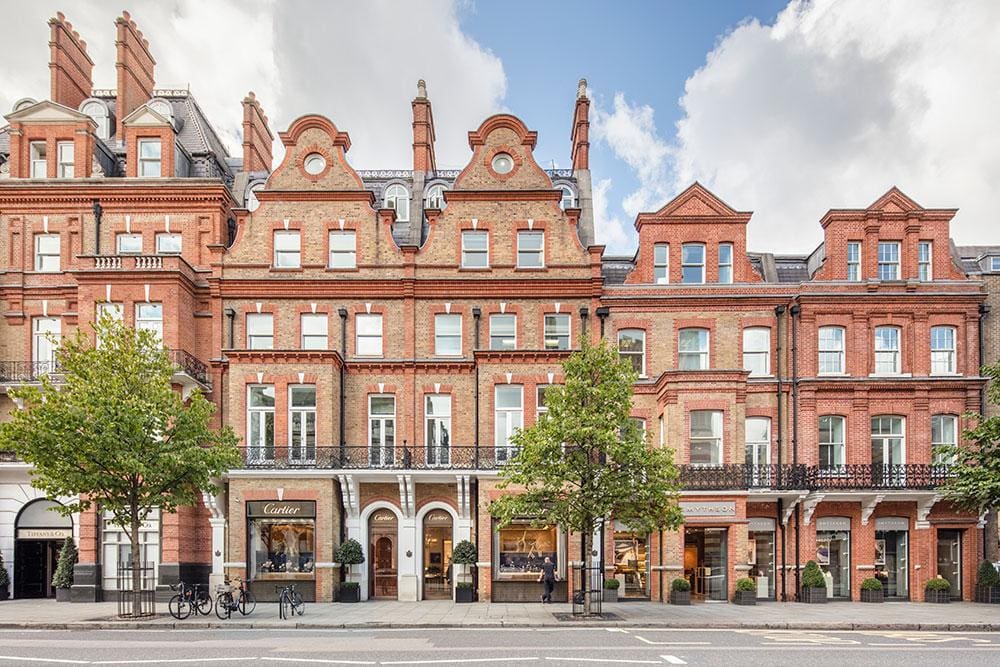
Anyone who has visited the iconic road of late might have noted change in the air. There’s a 180,000 sq ft scheme around the Curzon Chelsea cinema in the works. Other developments, such as the revamped Duke of York Square, have seen a fresh influx of independent retailers and interesting restaurants, with foodies and drinkers better served still by the Pavilion Road quarter, with its hip grocers, butchers and bakers (if not yet candlestick-makers).
There’s a sense that someone has been pulling strings to achieve a much more carefully considered spread of businesses. Walk along the street and the shopping opportunities suggest a subtle shift away from the predictable international brands and more ubiquitous high street names. There are the likes of The Cotton Story, a business that specialises solely in T-shirts; or Peloton, a clothing brand – even more specialist – for indoor biking. There are brasseries that focus on ‘wild food’. Heck, this could be Shoreditch. Look online and the King’s Road even has a swanky new website.
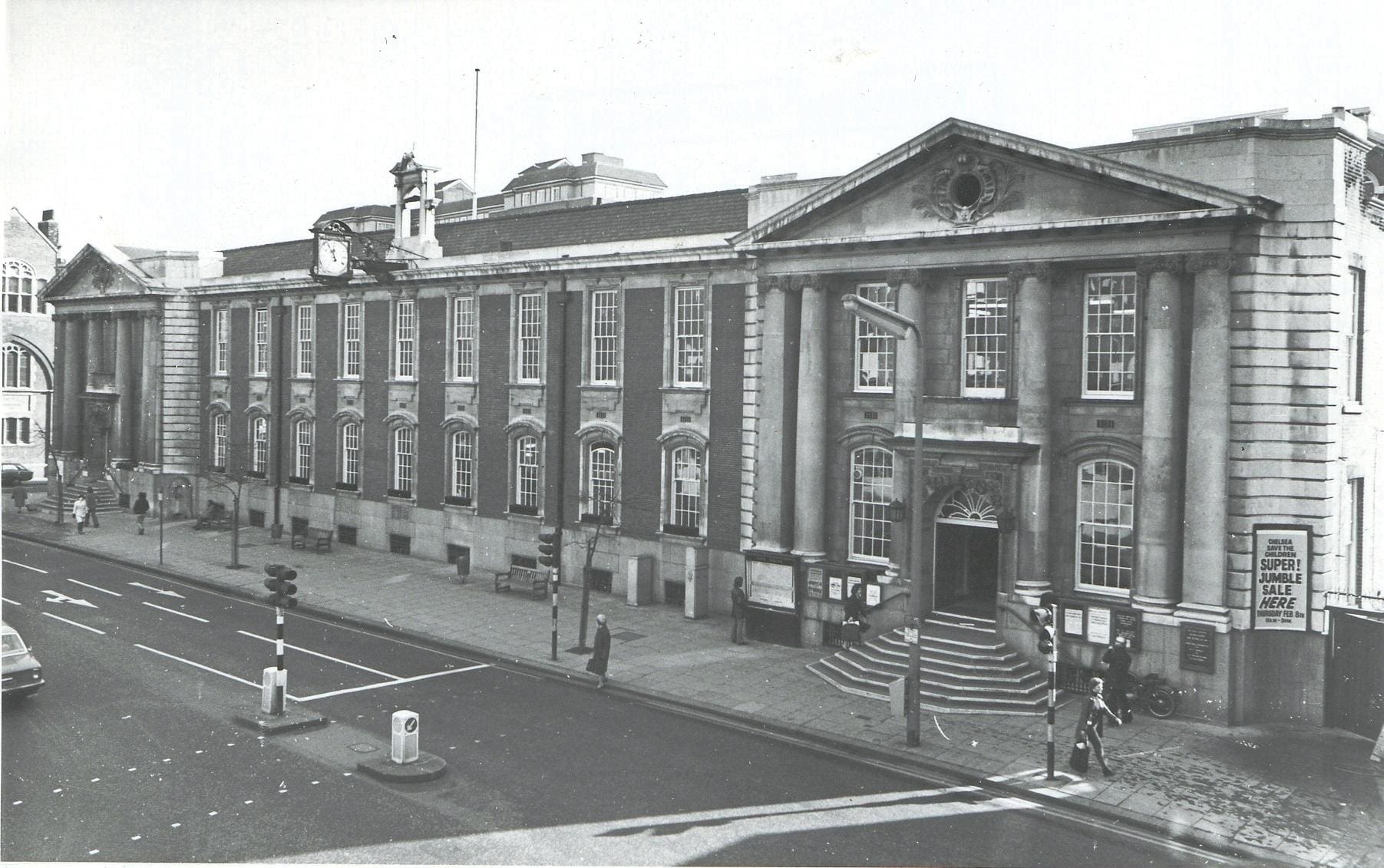
The shift towards the progressive and upbeat has been a long time coming. The King’s Road has been on the slide – albeit from an exceptional cultural high – for at least two decades. It has been left behind. “Look at many of London’s big property owners and they’ve all begun to manage their areas so the whole is greater than the sum of their parts,” notes Seaborn. “There’s a demand for retail to be more interesting now – retailers recognise that and the same should go for retail property owners.” There is, he says, great change happening on the King’s Road. “And about time, really.”
Perhaps 1998 was the beginning of the downturn for this Chelsea thoroughfare. It was on the King’s Road in that year that Starbucks – considered by many the epitome of the cookie-cutter effect of corporations on our high streets – opened its first British branch. The following years saw the road – named because it belonged to King Charles II, who built it to link St James’s Palace to Fulham – slip into mundanity, full of household name brands and safely middle-class shoppers, its independent spirit having moved east. Even the big money had begun to take steps towards Mayfair and Marylebone, where, it seems, there has been a coordinated effort to build a new, dynamic image.
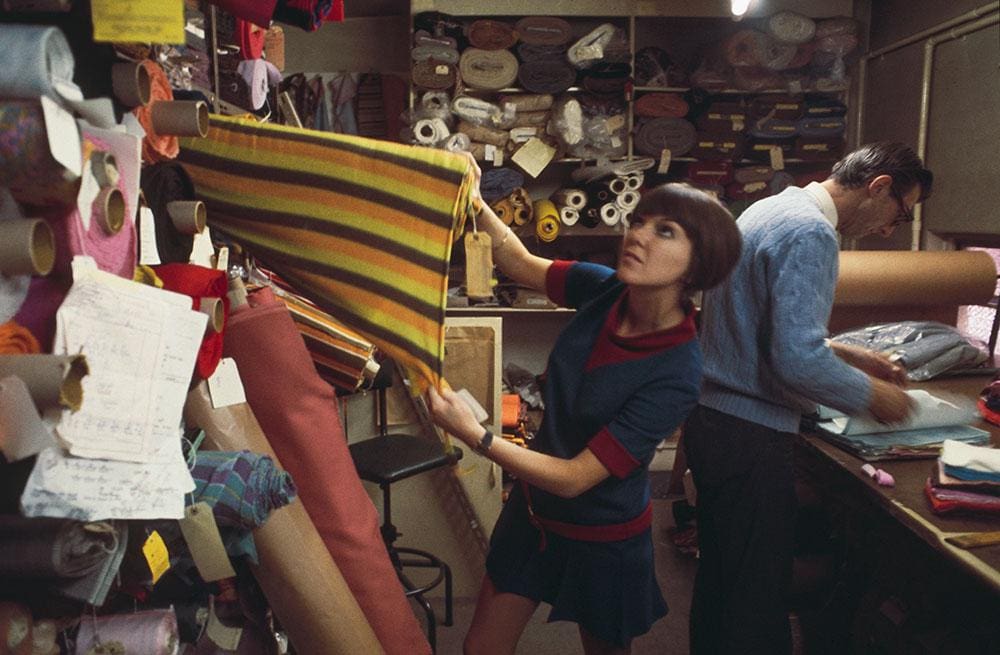
It was certainly all a long way from the world of Mary Quant – the designer currently being celebrated in a major retrospective at the Victoria & Albert Museum. Back in the late 1950s and into the Swinging Sixties, of course, the King’s Road – note how its importance is still underscored by that definite article – was the epicentre of London cool. The girls of the King’s Road wore the rebellious mini-skirt popularised by Quant through her Bazaar shop. The Rolling Stones used the King’s Road as their headquarters. Eric Clapton and Germaine Greer lived in the Grade II-listed Pheasantry. The Fantasie, at number 128, was one of London’s first espresso bars – established back when a coffee shop was still considered chic and continental. Mods scooted and occasionally scrapped with rockers here. John Osbourne was inspired to write The Entertainer after an evening at the Chelsea Palace of Varieties, his play then staged at the Royal Court Theatre – already winning a reputation for the most progressive of productions.
The Chelsea Set, as it quickly became known, was, as Quant described lovingly, a “bohemian world of painters, photographers, architects, writers, socialites, actors, con-men and superior tarts”. Chelsea, with the King’s Road at its heart, was London’s answer to New York’s Greenwich Village. By the end of the 60s its more traditional retailers had been replaced by a two-mile stretch of pace-setting independents: Granny Takes a Trip, I Was Lord Kitchener’s Valet, Kleptomania. The Chelsea Drugstore, then on the corner of Royal Avenue and the King’s Road, sold everything from pharmaceuticals to records. It even ran – with tongue firmly in cheek – what it called a ‘flying squad’ service, which delivered packages to customers by way of motorbike-riding women wearing purple catsuits. The King’s Road was where things happened.
And then where they didn’t. The Chelsea Drugstore would become a McDonald’s. Four years ago Heal’s, another of the road’s famous landmark stores, also closed, becoming a Metro Bank. With the downturn biting hard, the road was left with empty shopfronts and small shopkeepers claiming their problems were exacerbated by the influx of big retail names, pushing up prices and killing what local personality the road still had. These days the King’s Road’s glorious history has been co-opted by the excruciating Made in Chelsea.
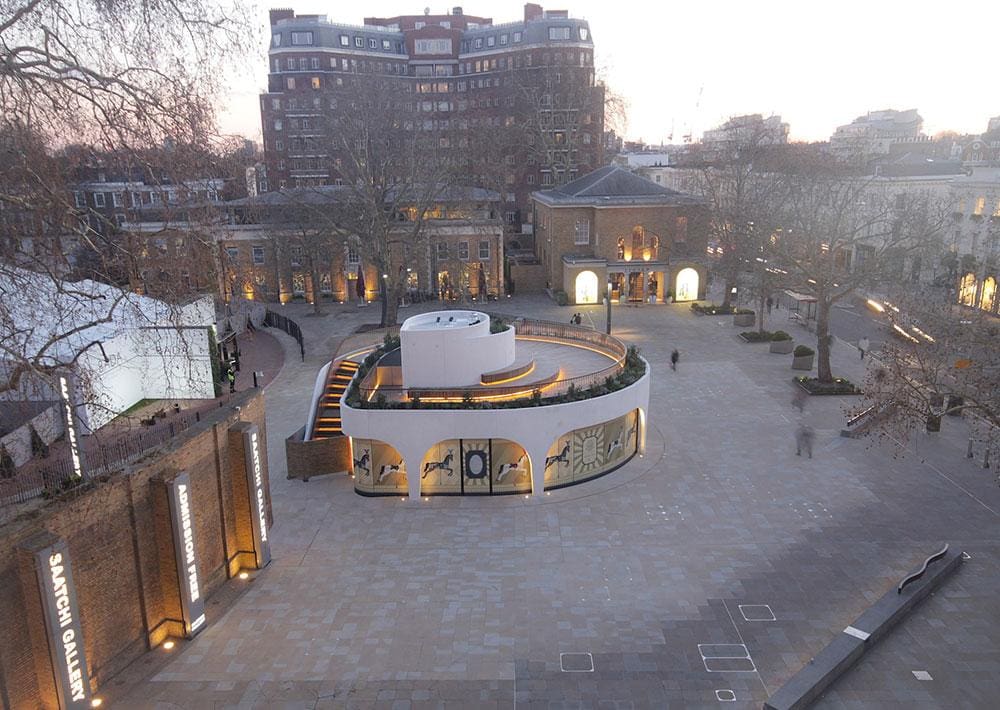
“King’s Road has at times lost its way,” concedes Tom Martin, executive chairman of family-run Martin’s Properties, the second largest of the King’s Road’s landlords. Martin’s mother Peta recalls how the arrival of Bazaar struck her as explosive against “the drabness of the shops” around back then. “The 60s was an exceptional period,” says Martin. “It’s why the King’s Road is globally renowned. That creative market has moved east and we can’t replicate that. And Shoreditch will face its own challenges in time. But the fact is that we live in the 21st century and there’s a recognition that the King’s Road isn’t getting the attention it deserves. We’ve tried to bring change through more informal channels but it hasn’t worked. And now there’s a recognition that time is of the essence – that if we let the situation run on for much longer we’d be too far along the curve.”
All roads, and areas, have their rise and fall. Scenes run out of steam. Creative generations shift their locus, according to the zeitgeist, just as much according to rents. Driven, no doubt, in part by the buzz of the King’s Road, property on and around it saw rocketing prices even 50 years ago: a shop worth around £4,500 in 1950 was worth £30,000 by 1967 and £45,000 by 1969.
Small wonder that, in retrospect, the punk movement – the King’s Road is often cited as its early 70s birthplace, thanks to Vivienne Westwood and Malcolm McLaren’s Worlds End shop – might be taken more as the street’s swansong than an indication of its still youthful spirit. What followed – the pie-crust collared or loud-trousered Sloane of the 1980s – could, stereotyped as it is, hardly provide a more telling counter to the anti-establishment rebelliousness that preceded it. It’s the Sloane Ranger, rather than the punk or the mod, who would have felt most at home on King’s Road until recently.
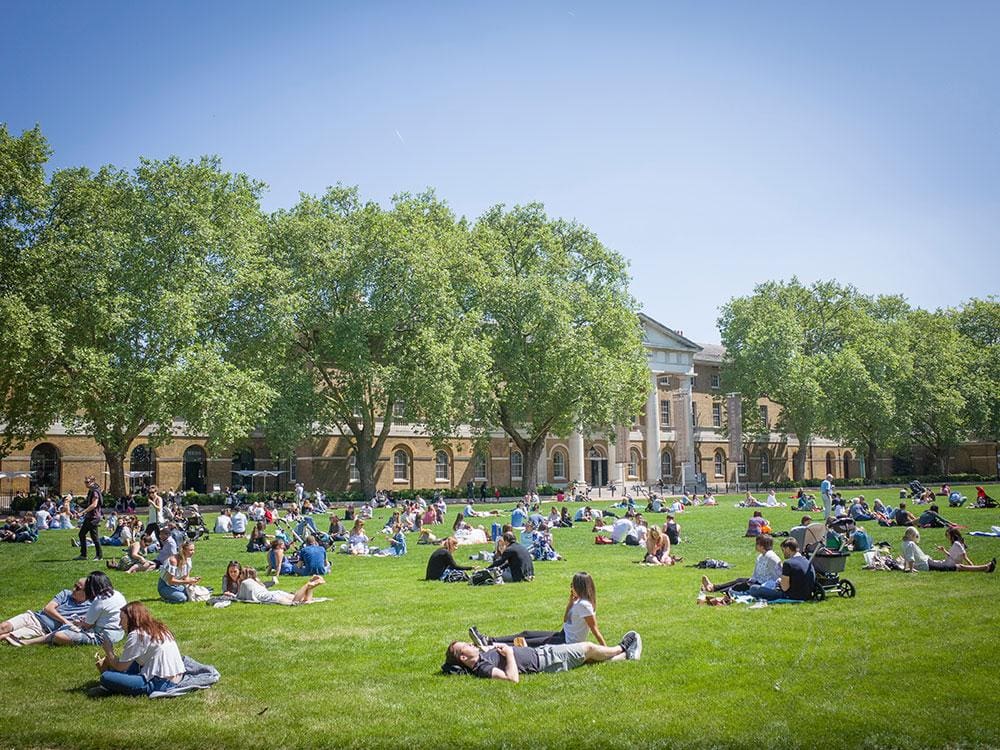
“King’s Road has certainly lost that element of cool over recent years. Look more recently and at one point there were three L.K. Bennett shops down here. Why three?” exclaims Leo Mellis, co-founder of The Cotton Story. “I think the major landlords would put their hands up and admit they haven’t always got it right. But you’re seeing them getting much pickier about who signs leases now, which is as it has to be, and I think changes that are happening now will see King’s Road win a new credibility. It’s working for us. The only problem we have is keeping up with demand.”
“From time to time landlords lose sight of what they should be focusing on, and for some landlords, signing a high-street multiple won’t be an issue,” agrees Martin. But, he says, landlords have a responsibility to help keep areas alive. “Have we always lived up to that? I think the jury would say no. We have to be thinking about where the future lies and meeting the needs of retailers, residents and visitors. I think we’ve kind of been shocked into addressing that.”
So can the cultural importance of the King’s Road ever really be revived? There’s not been much wrong with the King’s Road of late, of course, with its designer labels and multi-million pound properties – even if the thing it most inspires is visits by Japanese tourists. But, as Martin puts it, “the King’s Road may never be as it was in the 60s again, but it’s not too much to ask that it should be relevant.”
Part of the problem has been that the properties on this long road are controlled by many landlords, unlike, say, Regent Street or Covent Garden, which are both managed by a sole body. But now three of these landlords – Cadogan, Martin’s Properties and the HALJ Group, together nudging 50 per cent ownership of the road’s retail units – are teaming up to play their part in the King’s Road’s revival. And it’s these three who are largely responsible for this new era of (as the buzzword has it) ‘curated’ retail – and, by turns, of curated community.
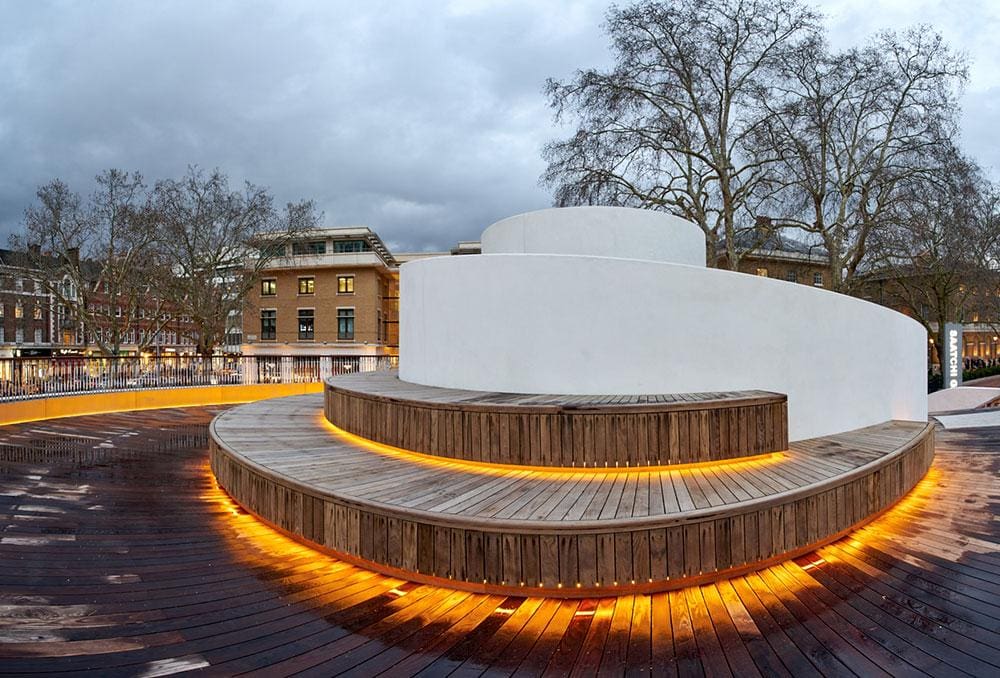
Change on the King’s Road is happening fast. The road has seen some 14 new restaurants open over the past 18 months – another six are on their way. New shops to note include the likes of Cefinn, Rixo and Essentiel Antwerp. But the progress is in more that shopping opportunities. While the road’s cultural offer is upping the ante – towards the end of this year, the Saatchi Gallery, for example, will exhibit the largest collection of King Tutankhamun’s treasures seen outside of Egypt – there are also several on-going restoration projects, from Chelsea Old Town Hall to the former Gaumont cinema, as well as several heritage shopfronts.
Even creatives of the kind who once helped make the King’s Road a youth mecca in the 1960s are being given a warmer welcome: the Fashion School, which opened earlier this year, is being followed by a restoration of the Rossetti Studios as a subsidised space for working artists. More studio space – with capped and affordable rents – is also promised. Next summer should see the opening of a new hotel by Sloane Square from hoteliers Jean-Louis and Gilbert Costes, their first outside Paris.
“By this time next year you’re going to see some highly visible changes on King’s Road,” promises Martin. “That’s all part of a process that takes time. People will always hark back to King’s Road’s glory years, and they’re still part of the road’s appeal, but there’s also a lot of rather romantic views of that era, and by harking back we miss what is good about it now. King’s Road is far from done.”





